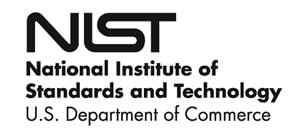RSS feed source: National Science Foundation
Neurodegenerative diseases like Alzheimer’s are a growing concern in the U.S., with over 7 million Americans living with Alzheimer’s disease today. By 2060, that number is expected to grow, affecting nearly 13 million people. These diseases are not only hard on individuals and families, but are costly, with more than $230 billion spent in the U.S. each year in caregiving alone. As the population ages, the need for new ways to detect and address the silent emergence of these diseases has never been more urgent.
New artificial intelligence predictive models used in brain research may provide a way to better predict how a person’s brain ages over time, helping doctors recognize warning signs long before clinical symptoms surface.
Supported by the U.S. National Science Foundation, a team of researchers led by Paul Bogdan, an associate professor in the University of Southern California Department of Electrical and Computer Engineering, has developed a cutting-edge AI system capable of generating a future MRI of a person’s brain from just a single scan. This technology opens the door to identifying subtle changes that may signal the earliest stages of neurodegenerative diseases — potentially years before traditional diagnostic methods could detect them.
To build the tool, the team combined two advanced AI techniques: a 3D diffusion model and a ControlNet, which allow the system to “control” or guide image generation
Click this link to continue reading the article on the source website.



